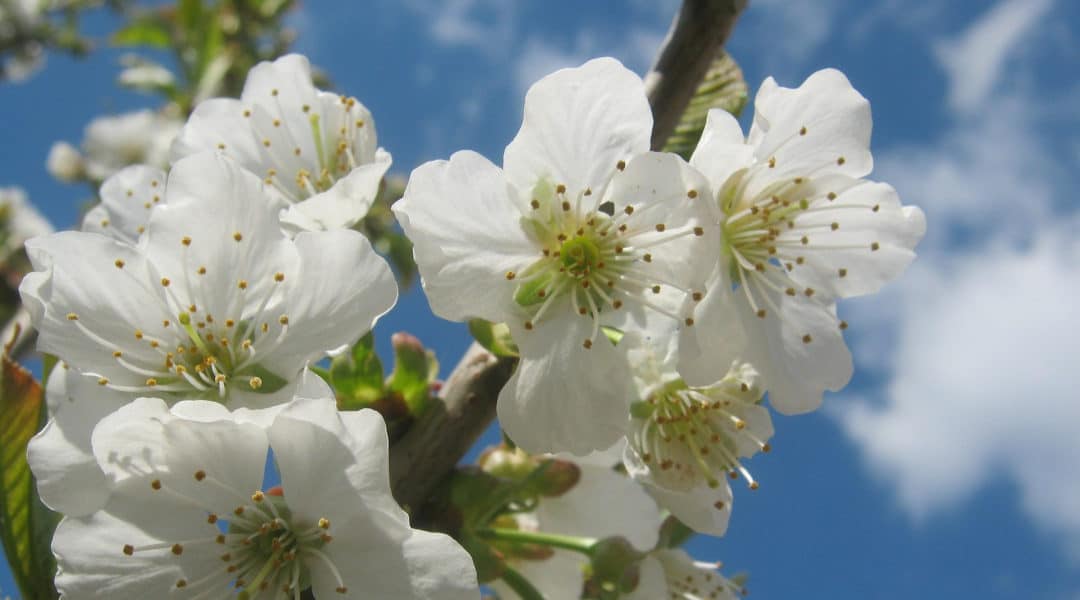Environmental conservation is vital for the sustainability of the ecosystem. One common method of conserving the environment is by providing proper care for the trees. There are several tree maintenance practices, and pruning is one of the commonly used and at times, abused.
Although trees in the wild grow on their own without anyone pruning them, landscape trees require much more attention. Pruning landscape trees helps the trees to retain their aesthetic value. However, pruning has to be carried out with understanding since wrong pruning can cause permanent damage to the tree. Here are some tips that should guide you on how to prune your trees and plants.
- Work with the right tools
You should ensure that you are using tools that are sharp enough to cut off parts of the tree so that they do not rip the plant. There are different tools you can use to either prune your tree or plants. They include; a gardening scissor which cuts about 5 inches of small plants, a pruning shear which cuts branches that are between 0.25 and 0.75 inches wide, loppers can be used to prune branches that are more than 1 inch wide and a handsaw which can remove limbs that are between one and three inches. Therefore, the size of a branch or plant you want to prune should determine the type of tool you use
2. Clean and sanitize all equipment
It is important to use isopropyl alcohol to clean the blades of your pruning equipment after every use. This is because the blades collect sap, resin, and other juices from every cut they make. Some of the juices picked contain pathogens which can easily be spread from one plant to another and as a result easy spreading of diseases. Additionally, avoid pruning in extremely cold or hot conditions.
3. Avoid topping
Topping is by far the most dangerous type of tree pruning there is. It involves the cutting of all branches and leaving stubs. This practice damages the tree to a great extent and makes the tree vulnerable to diseases. No tree should be topped and do not work any arborist that suggests topping as a tree maintenance practice.
4. What should one prune?
You should prune out dead wood, branches that cross each other and any cracked branches. It is also wise to prune above the bud that’s facing the outside of the plant. This helps in redirecting the bud to grow in that direction.
When pruning a large branch, you should make three or four cuts so that you don’t tear the bark of the tree. The first cut should be made on the branch’s underside, sixteen inches away from the trunk, the second cut which should break the branch should be cut an inch away from the first cut. Your final cut should be at the branch collar.
For intensive pruning jobs, it is advisable to consult a professional because they have the skill and workforce to carry out pruning on large trees.


